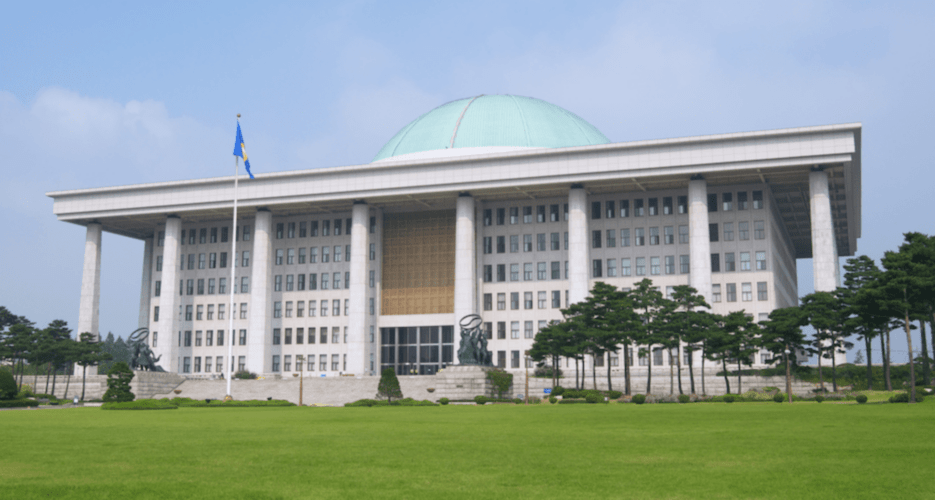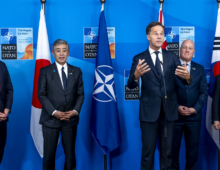Moving National Assembly could promote regional development and win votes, but may also be unconstitutional
Han Dong-hoon, the interim leader of the ruling People Power Party, announced plans on Wednesday to relocate the National Assembly to Sejong City, just two weeks before the parliamentary elections.
While Han presented his proposal as a means to promote balanced national development and eradicate “Yeouido’s political culture,” the move, if implemented, also carries significant risks, such as potential legal challenges, logistical difficulties and concerns about the separation of powers between the executive and legislative branches.
Han Dong-hoon, the interim leader of the ruling People Power Party, announced plans on Wednesday to relocate the National Assembly to Sejong City, just two weeks before the parliamentary elections.
While Han presented his proposal as a means to promote balanced national development and eradicate “Yeouido’s political culture,” the move, if implemented, also carries significant risks, such as potential legal challenges, logistical difficulties and concerns about the separation of powers between the executive and legislative branches.
Get your
KoreaPro
subscription today!
Unlock article access by becoming a KOREA PRO member today!
Unlock your access
to all our features.
Standard Annual plan includes:
-
Receive full archive access, full suite of newsletter products
-
Month in Review via email and the KOREA PRO website
-
Exclusive invites and priority access to member events
-
One year of access to NK News and NK News podcast
There are three plans available:
Lite, Standard and
Premium.
Explore which would be
the best one for you.
Explore membership options
© Korea Risk Group. All rights reserved.
No part of this content may be reproduced, distributed, or used for
commercial purposes without prior written permission from Korea Risk
Group.












